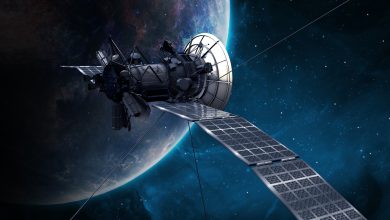
Neuralink, the brain-computer interface company founded by Elon Musk, has been making significant strides in its mission to merge the human brain with advanced technology. Here are the latest developments from the company that are capturing the world’s attention.
Human Trials and Challenges
Neuralink recently conducted its first human implantation of the N1 brain-computer interface (BCI) device as part of its PRIME Study1. This milestone marks a significant step towards making BCI technology available to restore autonomy to individuals with severe neurological conditions. However, the journey has not been without its challenges. In the first human trial, 85% of the electrode-bearing threads retracted, leading to a loss of signal2. Despite this setback, Neuralink’s team quickly adjusted the decoding algorithms to compensate for the lost data, maintaining and even exceeding performance metrics2.
Technological Innovations
The N1 Implant, Neuralink’s flagship device, is designed to record neural activity through 1,024 electrodes distributed across 64 flexible leads, each thinner than a human hair1. These electrodes are surgically implanted near neurons of interest to decode neural signals into intended actions. The implant is powered by an onboard battery that is inductively recharged, allowing it to be cosmetically invisible and free of physical connectors1.
To address the issue of thread retraction, Neuralink plans to implant the threads deeper into the brain tissue in future trials2. This adjustment aims to prevent thread movement and improve the stability of the neural connections.
Expanding Applications
Neuralink’s technology is not limited to restoring movement and sensation in paraplegics. The company has also demonstrated telepathic typing in monkeys and is working towards restoring sight in the blind3. These advancements highlight the broad potential of Neuralink’s BCI technology to address a wide range of neurological conditions.
Regulatory Milestones
In a significant regulatory achievement, Neuralink received approval from the U.S. Food and Drug Administration (FDA) to conduct its first human clinical trials4. This approval marks a critical step forward, allowing Neuralink to test its technology on a larger scale and gather essential data to refine its devices.
Looking Forward
As Neuralink continues to innovate and overcome challenges, the potential applications of its technology are vast. From restoring autonomy to individuals with severe disabilities to exploring new frontiers in human-computer interaction, Neuralink is at the forefront of a technological revolution that could reshape our understanding of the human brain.





